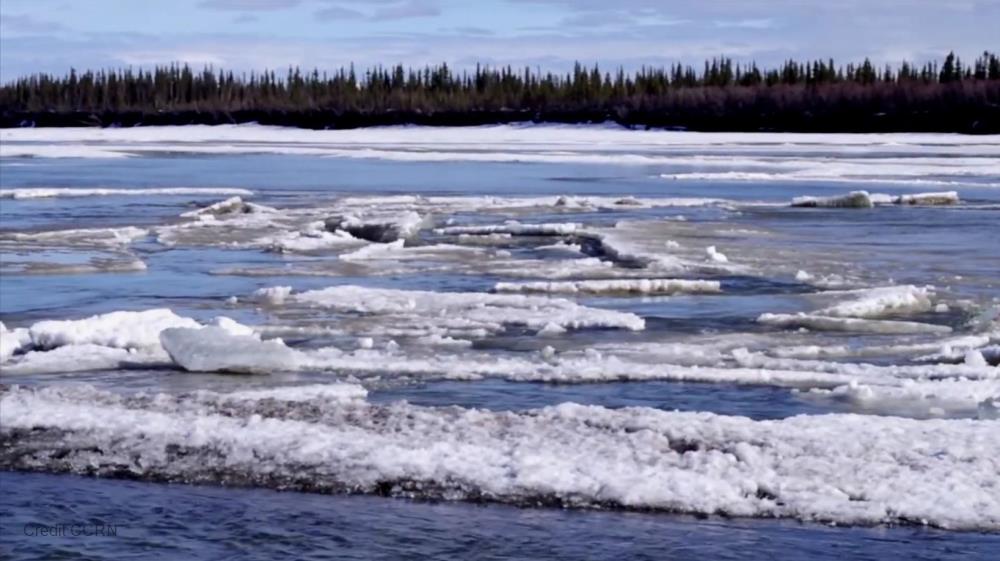
Related items loading ...
Section 1: Publication
Publication Type
Journal Article
Authorship
Han, M., Mai, J., Tolson, B. A., Craig, J. R., Gaborit, E., Liu, H., & Lee, K.
Title
Subwatershed-based lake and river routing products for hydrologic and land surface models applied over Canada
Year
2020
Publication Outlet
Canadian Water Resources Journal/Revue canadienne des ressources hydriques, 1-15
DOI
ISBN
ISSN
Citation
Han, M., Mai, J., Tolson, B. A., Craig, J. R., Gaborit, E., Liu, H., & Lee, K. (2020). Subwatershed-based lake and river routing products for hydrologic and land surface models applied over Canada. Canadian Water Resources Journal/Revue canadienne des ressources hydriques, 1-15.
https://doi.org/10.1080/07011784.2020.1772116
Abstract
Lakes and reservoirs have critical impacts on hydrological, biogeochemical, and ecological processes, and they should be an essential component of regional-scale hydrological and eco-hydrological models. This is particularly important in Canada with its tens of thousands of lakes. Past large-scale hydrologic modelling efforts tend to either ignore the impacts of all lakes or explicitly simulate the behaviour of only the largest lakes in a watershed. This research derives a suite of Pan-Canadian subwatershed-based lake and river routing GIS products at multiple spatial resolutions (average catchment size ranges from 60 to 306 km2 while the number of lakes explicitly represented ranges from 11,000 to 87,000). These publicly available data products supply all the necessary hydrologic routing model inputs, including network topology, subwatershed geometry, channel characteristics (slope, length, roughness, and geometry), and lake characteristics (area, volume, and outlet description), and were derived primarily from the HydroLAKES, HydroBASINS and HydroSHEDS databases. All Water Survey of Canada streamflow gauging stations are used to define subwatershed outlets in the products. The routing product is used to inform a hydrologic routing model in the Raven hydrologic modelling framework. This is the first demonstration of Raven in routing-only mode. As a case study, the Hudson Bay drainage basin (∼40% of Canada) is simulated using GEM-Surf land surface model gridded runoff and recharge as inputs and includes more than 20,000 river reaches and more than 10,000 lakes explicitly represented at an hourly timestep. Uncalibrated streamflows compare reasonably well to measured streamflows at select locations. The sensitivity of the routing model prediction quality to the discretization level for represented lakes is evaluated and shows, for example, that ignoring multiple smaller lakes can have a significant impact on predictions.
Plain Language Summary


 GWFNet
GWFNet Master
Master Research
Research Map
Map
 Advanced
Advanced . . .
. . .

 Metadata Editor
Metadata Editor
 Record List
Record List
 Alias List Editor
Alias List Editor
 Legacy sites
Legacy sites